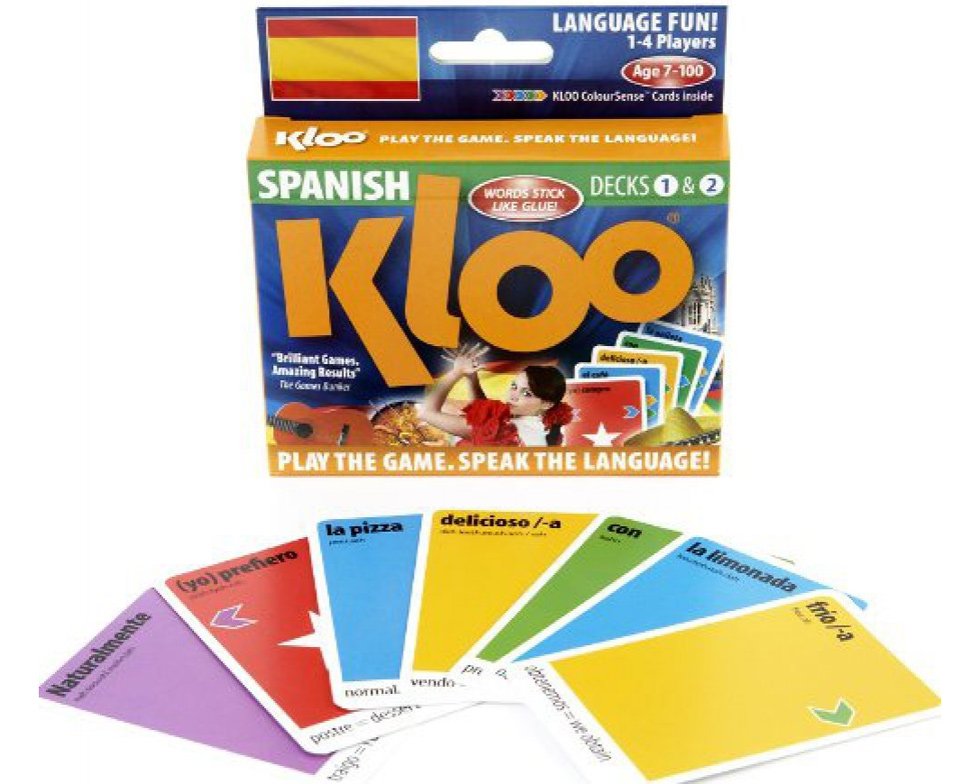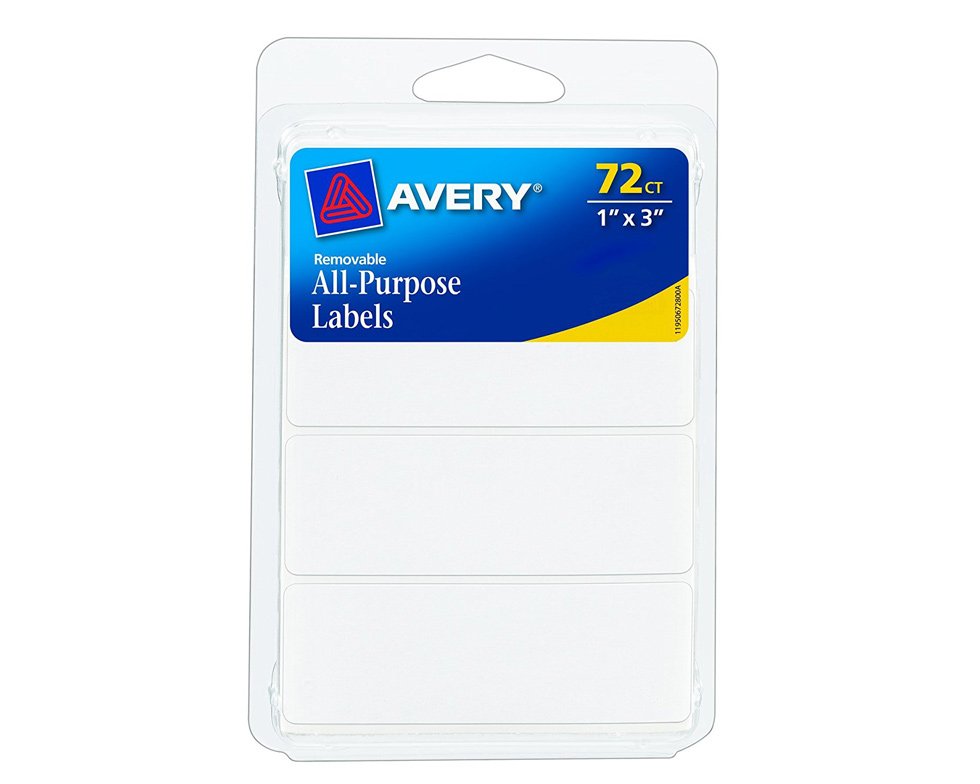There are a lot of excuses for not learning a second language, especially as an adult. Many of us know the oft-repeated adage that children under the age of 7 are best-equipped to pick up a new one.
But before you lead your whole life believing that you’ve missed your window, you might want to take a glance at the 2010 study that found adults were, in fact, the superior language learners. And after watching multiple TED talks given by polyglots on language learning, it seems most of the road blocks in the way of learning are mental.
The resounding advice is simple: Approach learning with a playful, fun state of mind (like a child), make mistakes, and try to really live the language — listen to music, watch foreign movies, play video games.
Just like with anything, making a habit out of it certainly helps. If you can spend as little as 30 minutes a day (which we all have — on the subway, waiting on line, before bed) you’ll make great headway. Like Matthew Youlden, a polyglot and Babbel language ambassador, explained in his TED talk, almost no one who speaks English knows all of the words in the English Oxford Dictionary. Fit the language to your life, and make it relevant to you.
Polyglot Benny Lewis said he never successfully learned a second language, even after six months in Spain, until he approached learning like a passionate, fun project. Most speakers agree on this.
The fact of the matter is that unless you experience some miracle, you could very easily live your whole life without ever learning another language unless you make the decision to. It’s not something you’re likely to learn just by switching your iPhone’s language to Spanish or labeling your kitchen appliances with translations, so you might need (and want) supplements like language apps or the well-trusted Rosetta Stone set.
Below are eight ways to learn a new language that incorporate a fun mentality:
Watch a film with subtitles

One way to make the language fun, naturally integrated, and let you “live it” is by listening to it in a movie with or without subtitles of your native language. You’ll get a feel for the sounds, patterns, and rhythms of the language as well as learn something about the culture, or, at the very least, a couple directors. It’s a nice way to turn a relaxing activity into a broadening of horizons and vocabulary.
Read more: 18 things that make our commutes much more bearable
Download a really fun app

There’s a reason this was Apple’s iPhone App of the Year. It makes language learning fun, and many features are free (even though there are in-app purchases). I personally use this app (it alone helped prepare me for a semester abroad), and I love that I’ve found a productive and low-key way to pass spare time that I might otherwise do nothing useful with.
Play a game

Learning should be fun. This popular game will help you learn Spanish in a setting that encourages mistakes and engagement. Studying isn’t always exciting, but besting your friends in KLOO might be much more appealing.
KLOO’s Learn to Speak Spanish Language Card Games Pack 1 (Decks 1 & 2), $17.99
Learn by watching music videos, movie trailers, and more

Speaking of fun — here’s how you can learn a language with music videos, movie trailers, news, and inspiring talks.
Read more: Patagonia is having a huge summer sale — here are the best things you can buy
Cook with recipes in the second language

Find a new, engaging way to learn and get acquainted with the cuisine by picking up a cookbook entirely in a new language. The compilation of images, repeated words, and active engagement will likely be a memorable experience.
Use labels to naturally integrate new vocabulary into your everyday life

Even though it’s likely not enough on its own, I’ve always found labeling objects in my house (or car) with new vocabulary words has helped to more naturally integrate a new language into my life.
Avery Removable Writable Rectangular Labels, $1.12
Read more: I make my own seltzer with a SodaStream, and it saves me a lot of time and money
Use apps with speech comparisons

Babbel will help you to focus on relevant aspects of the language — not the entire dictionary. Interactive dialogues will give you the feedback you don’t get with a lot of other apps/methods, and their speech recognition technology will help keep you on track, so you don’t learn how to read but neglect speech or pronunciation.
Many of the TED talks I watched in preparation emphasized the importance of finding an honest, detailed critic to continuously point out when we mispronounce/speak. After all, that is one reason people think adults can’t learn languages as well (there’s an unnecessary component of embarrassment to being corrected as an adult). Since many of us are limited, then, to our bilingual friends’ help or being outgoing enough to attend bilingual meetings, it’s crucial that an app can accurately correct your speech.
Grab a comprehensive, tried-and-true language set

Another great source for speech correction, Rosetta Stone is a household name when it comes to language learning for a reason.
Proprietary speech-recognition technology compares your voice to a native speaker 100 times per second. If you’re still afraid of making mistakes with native speakers, this is one way to start without the hangups. And unlike some of your other options, you can add access for up to five family members, which helps offset the high cost.
You’ll also get access to their award-winning mobile app for three months when you get the set. If you only want the app, you can download it here. It’s free for download, but similar rates as the boxed set apply within the app itself.
Rosetta Stone app, free to download
Rosetta Stone Language Set, various languages, $179
This article originally appeared on BusinessInsider.com
More Must-Reads from TIME
- Donald Trump Is TIME's 2024 Person of the Year
- TIME’s Top 10 Photos of 2024
- Why Gen Z Is Drinking Less
- The Best Movies About Cooking
- Why Is Anxiety Worse at Night?
- A Head-to-Toe Guide to Treating Dry Skin
- Why Street Cats Are Taking Over Urban Neighborhoods
- Column: Jimmy Carter’s Global Legacy Was Moral Clarity
Contact us at letters@time.com